Results
-
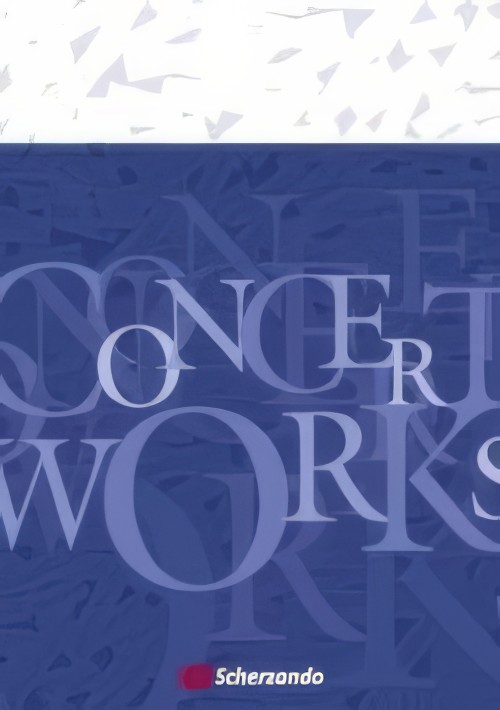 £109.99
£109.99Coast Life (Concert Band - Score and Parts) - Nijs, Johan
Coast Life is an easy concert work composed by Johan Nijs and orchestrated for concert band. The three movements of this piece describe life on and around the coast. You can visit the bustling harbour, take a trip on the sea whether it be calm or stormy, or you can take a coast trip - either on the beach or along the promenade. All aspects of the seaside are portrayed in this attractive work.Duration: 6:30
Estimated dispatch 7-14 working days
-
£109.99
Coast Life - Johan Nijs
Coast Life is an easy concert work composed by Johan Nijs and orchestrated for concert band. The three movements of this piece describe life on and around the coast. You can visit the bustling harbour, take a trip on the sea whether it be calm or stormy, or you can take a coast trip - either on the beach or along the promenade. All aspects of the seaside are portrayed in this attractive work.
Estimated dispatch 7-14 working days
-
 £104.50
£104.50As The Days Become Shorter - Gary P. Gilroy
This work was commissioned by the Lampasas High School Band, Lampasas, Texas, Richard Hooper, Director, in memory of their classmate and friend, Chris Cruz, and his father and sister. Chris was a saxophone player, Eagle Scout and junior in high school. He was a much-loved member of the high school band and this work was commissioned in honor and memory of him. The title refers to Chris favorite time of the year: the end of summer, band camp, the start of school, the start of fall, football games, band competitions and all the other fun times that come along for high school band students "as the days become shorter." Energetic and driving, much like the life that Chris lived, this work is meant to be a celebration of his life and spirit.
Estimated dispatch 7-14 working days
-
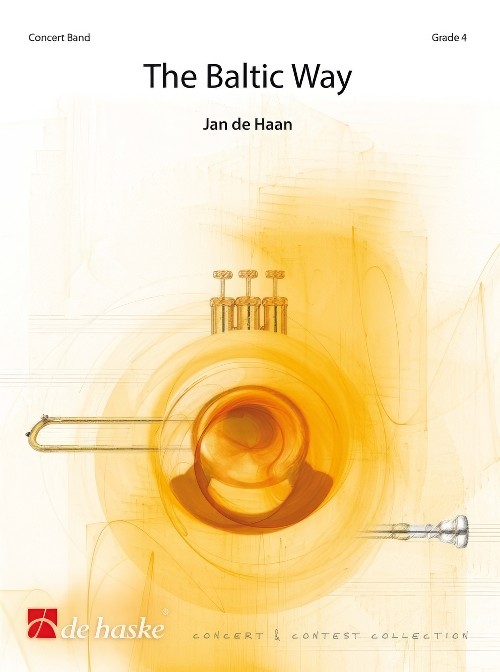 £137.99
£137.99The Baltic Way (Concert Band - Score and Parts) - De Haan, Jan
In 1989, the demonstration named the Baltic Way, also known as the Baltic Chain, was held in the Baltic states of Estonia, Latvia and Lithuania by its citizens in a call for independence from the Soviet Union. On 23rd August 1989, some two million participants formed a human chain, hand-in-hand all the way from the Estonian capital of Tallinn its Latvian counterpart, Riga, through to the Lithuanian capital of Vilnius - six hundred kilometres long. It became the longest human chain ever created and turned out to be the final push needed for much sought-after independence. This historic event became the source of inspiration for this composition. The introduction of the first movement, 'Struggle for Independence', is based on a nocturne for piano by the renowned Lithuanian composer and painter Mikalojus Konstantinas Ciurlionis (1875-1911), thematic material from which has been incorporated throughout the whole composition. The melancholic beginning is followed by a powerful theme which reflects the resolve of the Baltic people. The sudden aggressive, dissonant chords and a dominant and, in rhythmic terms, contrary bass drum announce that the resistance is not going smoothly. Just for a moment, we hear the anthem of the Soviet Union in the lower brass, but this is relentlessly pushed to the background by the rest of the band playing the Lithuanian national anthem, 'Tautiska giesm?' (Lithuania, our homeland). The second movement, 'Decades of Suffering', echoes life under the Soviet Union's thumb. In the pursuit of independence, a peaceful protest is planned in which a human chain is formed across the Baltic states of Estonia, Latvia and Lithuania. This 'Chain of Freedom' is depicted in the final movement of the work. Duration: 10.30
Estimated dispatch 7-14 working days
-
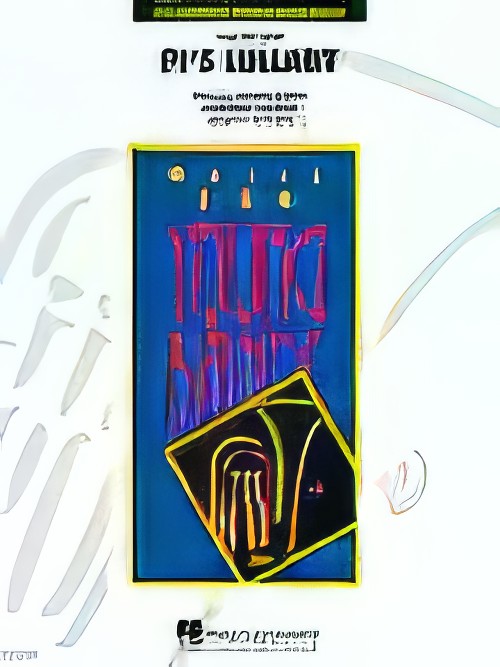 £54.99
£54.99PI'S LULLABY (from Life of Pi) (Concert Band) - Danna & Jayashri - Ricketts, Ted
From the award-winning soundtrack from the hit movie Life of Pi, here is the main song in a beautiful setting for band. Featuring exotic percussion and a mixture of delicate scoring contrasted with full ensemble statements, Ted's arrangement of this haunting melody offers a unique and distinctive option for concert programming.
Estimated dispatch 7-14 working days
-
 £8.00
£8.00The New Bennett Band Book - Harold Bennett
The Bennett Band Books, published in four volumes starting in 1923, were used to teach literally millions of young band musicians in the middle of the twentieth century the march form and style. The pieces utilized in this book are: Activity, Summit, Success, Project, Courage, Mister Joe, Genius, Improvement, At Sight, Little Rastus, Laurel and Aline. These delightful marches, composed by famous march composer Henry Fillmore using the pseudonym Harold Bennett, have been given new life by arranger Larry Clark. The original essence of these marches is retained and only the instrumentation and some range issues have been altered to fit the needs of today's developing bands. This collection includes twelve of the Bennett marches along with a helpful march warm-up section composed by Larry Clark to help you teach the march form and style to young students. There is the added benefit of a full recording of each march performed by a professional band on the CD that is included in the conductor's score. This is a valuable collection for any level band to use for marches at contest/festival performance or for sight-reading purposes.
Estimated dispatch 12-14 working days
-
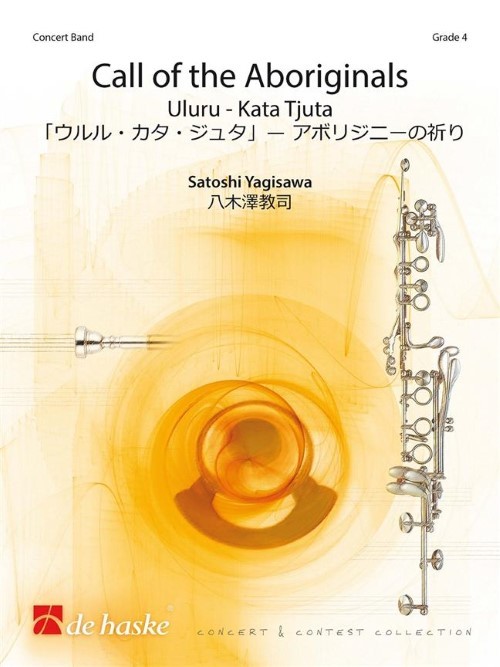 £137.99
£137.99Call of the Aboriginals (Concert Band - Score and Parts) - Yagisawa, Satoshi
Call of the Aboriginals - Uluru - Kata Tjuta was commissioned by Nara Municipal Ichijo Senior High School Symphonic Band, Nara City, Nara Prefecture, Japan, to commemorate their 60th anniversary. Uluru, also known as Ayers Rock, is an immense monolith rising in the vastness of the Australian outback. Famously also known as Ayers Rock, it is listed by UNESCO as a World Heritage Site. It is a sacred site for the Aboriginal people of the area, the Pitjantjatjara Anangu, but has also become a popular tourist destination, creating cultural and environmental conflicts. This work, which is written in a style typical of the composer, tells a dramatic tale adventure inspired by the life of the indigenous people and the magnificent scenery of Uluru. This work is suited for contests as well as thematic concerts. Duration: 7.45
Estimated dispatch 7-14 working days
-
 £86.00
£86.00Postcard from the Arctic - Dirk Brossé
Sir Dirk Bross, music director at the Philadelphia Chamber Orchestra, is a versatile composer of orchestral and symphonic repertoire, chamber music, film & musical. His compositions are performed worldwide by the most prominent orchestras and soloists. About the new series of 10 "Musical Postcards" for wind band, Dirk says the following: "Composing is a commitment; it is my life's mission. For me composing means creating a vacuum around myself and allowing myself to be submerged by impressions. It is a continual struggle between fantasy and reality, between dream and reality. Out of chaos of sounds and emotions I try to order my thoughts by juggling shreds of melodies, original chords, striking sound colours and alternating rhythms. Melody, harmony, rhythm and sound colours are finally balanced to generate a harmonious universe. This series of ten 'Musical Postcards' are a reflection of my travels, thoughts, discoveries and musical career so far, which has brought me around the globe. I look forward to you joining me on this voyage of discovery..."
Estimated dispatch 7-14 working days
-
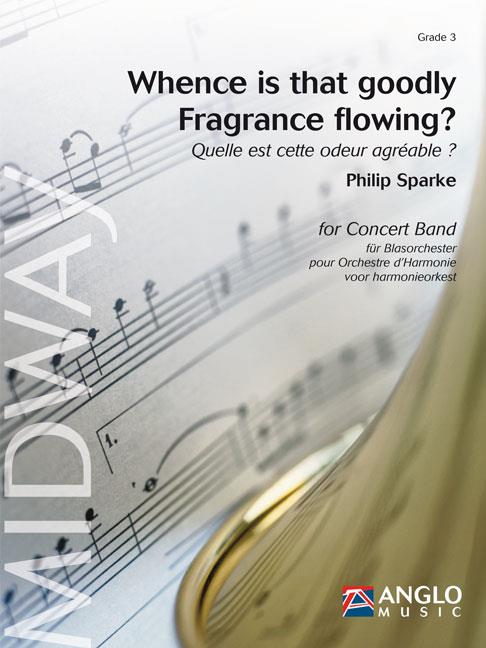 £99.99
£99.99Whence is that Goodly Fragrance Flowing? (Concert Band - Score and Parts) - Sparke, Philip
Whence is that Goodly Fragrance Flowing? is the first line of an old French Christmas song that originated in the 17th century. In 1728 John Gay used this joyous and markedly festive melody that honours Jesus Christ and His miraculous birth in his Beggar's Opera. Philip Sparke has given this melody a new lease of life with his charming and imaginative arrangement for the Christmas season.Duration: 3:45
Estimated dispatch 7-14 working days
-
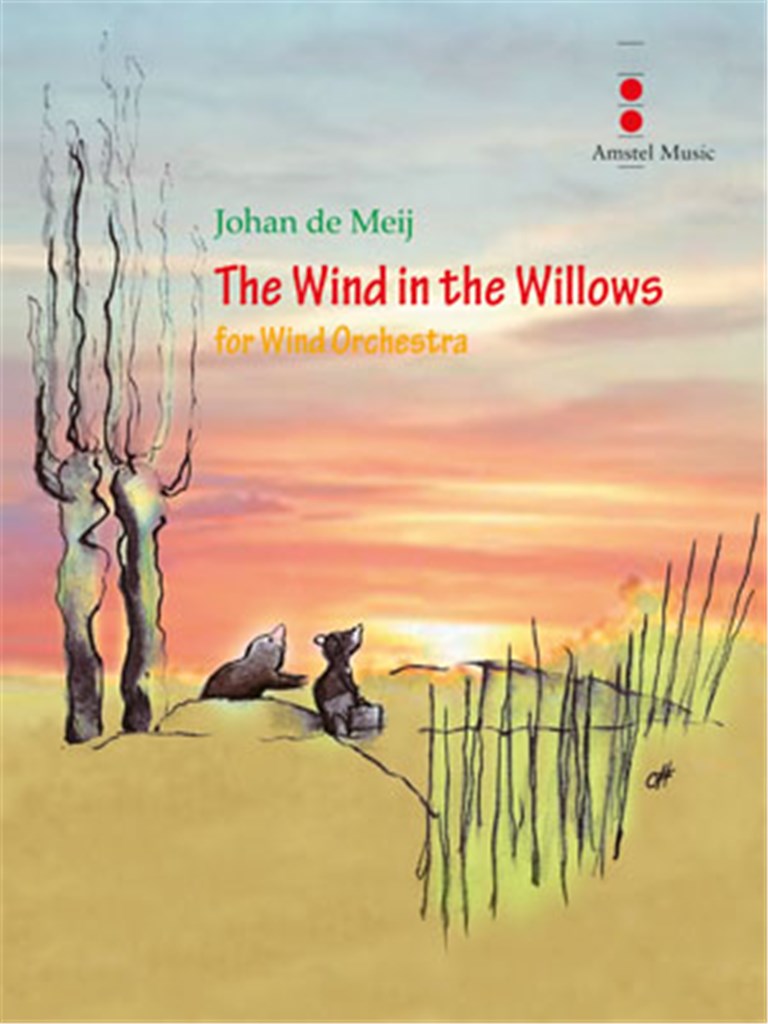 £250.00
£250.00The Wind in the Willows (Concert Band - Score and Parts) - De Meij, Johan
A book for those who keep the spirit of youth alive in them; of life, sunshine, running water, woodlands, dusty roads, winter firesides, said author Kenneth Grahame (1859-1932) about his children's book The Wind in the Willows. Initially, he wrote the stories about Ratty, Mole, Badger and Toad to read to his visually handicapped son Alistair, but after the publication in book form in 1908, it became a worldwide success. It was later also turned into a film and a television series. What appealed ti the composer most is the friendly, very cosy atmosphere that Grahame has managed to create with his optimistic narrative style full of high spirits, an atmosphere that reminds thecomposer of his own carefree youth. It was therefore a great pleasure to set this book to music! The four movements successively describe: I) The River- The river, which flows through the habitat of the animals like a lifeline, regularly is the scene of pleasant boat trips and picnics. The animals lead their untroubled lives here. The four-tone main motif [A-C-D-C] is extensively presented by the brass section, and returns in the following movements as a countermelody. II) Ratty and Mole -The bright, energetic Rat and the melancholy doubter Mole are inseparable friends and have many adventures. Their opposite characters are illustrated by separate musical themes. III) Mister Toad - The wilful, haughty Mister Toad is indeed a unique case: time after time, he runs into tricky situations, and with his indomitable passion for fast, preferably stolen, cars he causes quite a lot of damage... IV) The Return of Ulysses - After Toad Hall, the majestic residence of Mister Toad, is recovered from the weasels and stoats of the Wild Wood, who had captured the estate in a cowardly way, our friends get ready for a banquet. They celebrate the victory with a triumphant parade, and so both the book and the music conclude with a happy ending. Duration: 17.00
Estimated dispatch 7-14 working days
